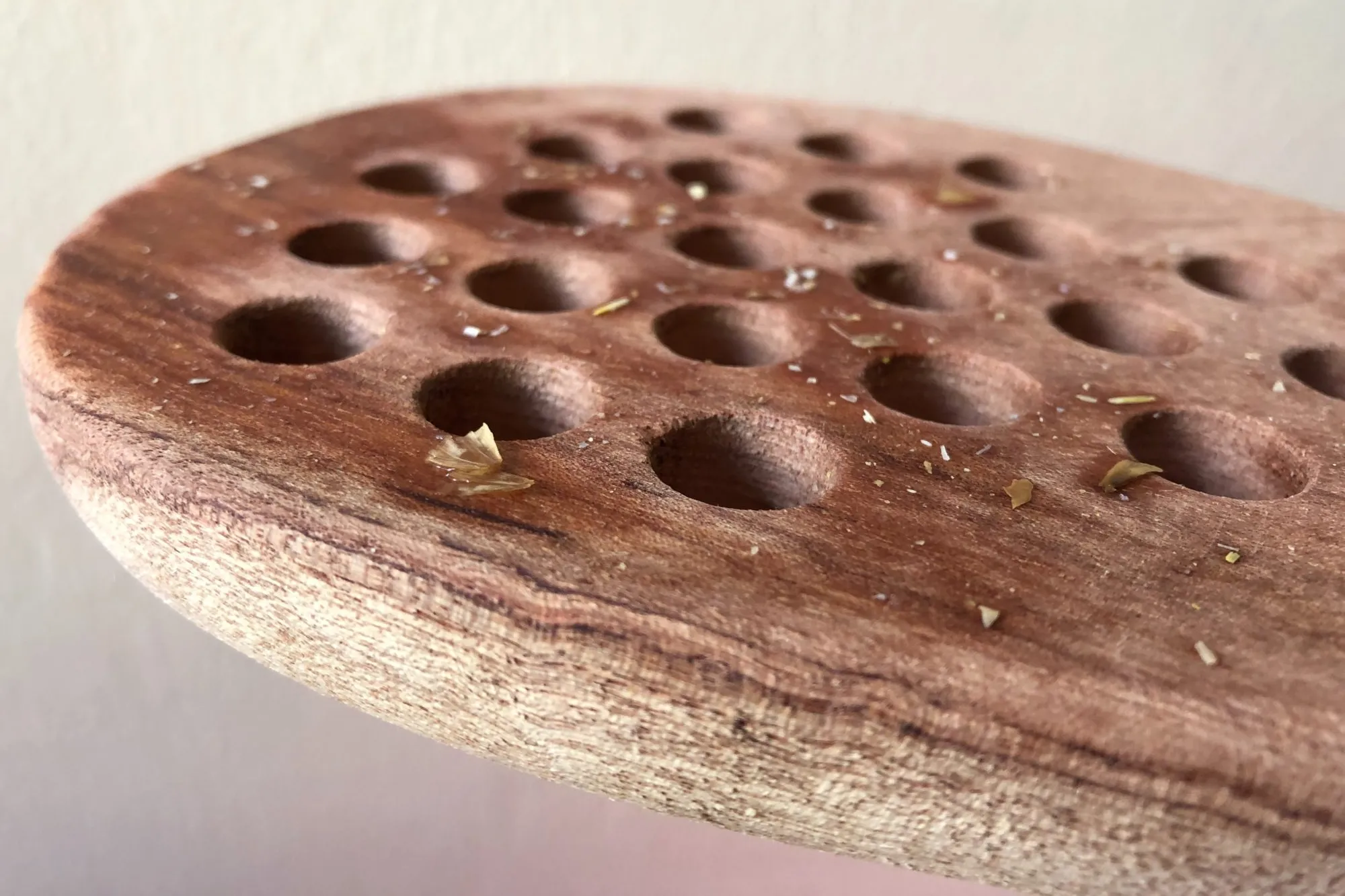As a homebrewer, you know that brewing beer can be a time-consuming process. However, there are ways to streamline your brewing process without sacrificing the quality of your beer. One technique that can save you time is overnight mashing.
What is Overnight Mashing?
Overnight mashing is a technique that involves extending the mashing process over a more extended period, usually overnight. Instead of the usual one-hour mash, the grains are steeped in hot water for several hours or even overnight. By doing so, the enzymes in the grains have more time to break down the complex starches into simple sugars, resulting in a more efficient conversion process.
ADvertisement
Advantages of Overnight Mashing
There are a couple of advantages when choosing to do the mash overnight.
Time Saving
One of the main advantages of overnight mashing is that it saves time on brew day. Rather than having to mash for an hour during the day, you can start the mash the night before and let it sit until the next morning. This frees up your day for other activities while still allowing you to brew beer.
Increased Efficiency
Since the enzymes have more time to work, overnight mashing results in higher sugar extraction and overall mash efficiency. This means that you can get more sugar from the same amount of grains, resulting in a stronger beer or a higher yield.
Improved Flavor Profile
Overnight mashing can also lead to a more complex and flavorful beer. The longer mash time allows for more starches to be broken down into sugars, resulting in a more diverse range of fermentable sugars. This can contribute to a richer, more nuanced flavor profile.
How to Do Overnight Mashing
Doing an overnight mash isn’t difficult at all. There are a couple of steps you have to take to do it, though.
- Measure your grains and water
As with traditional mashing, you’ll need to measure your grains and water carefully. Use a ratio of 1.3 to 1.6 liters of water per 500 grams of grain
- Heat your water
Heat your water to the desired temperature as usual, usually between 148-158°F, depending on your recipe.
- Add your grains
Add your grains to the water and stir to make sure there are no dry pockets. Cover the mash tun with a lid or plastic wrap to keep the heat in.
- Let sit overnight
Once your grains are in the water, let the grist sit overnight or for at least 8-10 hours. You can also check the temperature periodically to make sure it stays within the desired range.
- Lauter and sparge
The next morning, proceed with lautering and sparging as you would with a traditional mash.
- Boil and Ferment
Once you have your wort, proceed with boiling and fermenting as usual.
Conclusion
Overnight mashing is a time-saving and efficient way to brew beer that can also result in a more complex and flavorful final product. By allowing the enzymes in the grains more time to work, you can extract more sugar and get a higher yield.
If you’re a busy homebrewer looking to streamline your process without sacrificing quality, this method mashing may be worth exploring. Give it a try on your next brew day and see how it works for you!

